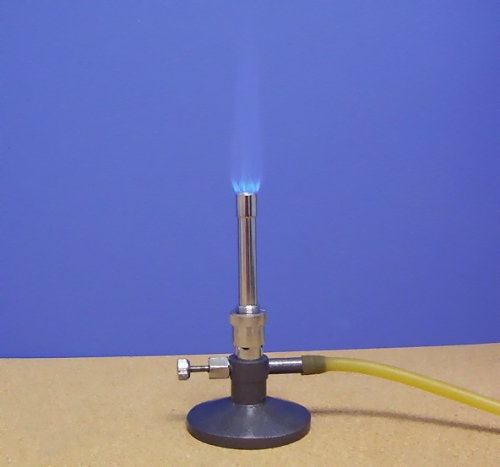10 Facts about Bunsen Burners
Facts about Bunsen Burners tell you about the laboratory equipment used for combustion, sterilization and heating. It was named after Robert Bunsen. Bunsen burner is a single open gas flame. The gas used to power the burner can be propane, butane, or even methane. Or it can be the combination of those liquefied petroleum gas. Here are some interesting facts about Bunsen Burners below:
Facts about Bunsen Burners 1: the brief history of Bunsen Burners
Let’s find out the brief history of Bunsen Burners. Bunsen created several designs for Peter Desaga. He was a mechanic in University of Heidelberg. Bunsen asked to create the prototype of the design.
Facts about Bunsen Burners 2: the successful burner
Bunsen and Desaga were capable for making the burner after it generated the non luminous, sootless and hot flamles. It mixed the gas with air.
Facts about Bunsen Burners 3: the number of Burner created
There were around 50 pieces of Bunsen Burners made by Desaga in 1855. Find out facts about Blaise Pascal here.
Facts about Bunsen Burners 4: the adaptation of the design
Bunsen Burners is very popular and can be found in many laboratories all over the world. Two years after the successful burner was created, Bunsen published the work.
Facts about Bunsen Burners 5: how to light the burners
Bunsen Burners are very easy to light. You just have to use a spark lighter or a match to light the burner. That’s considered as the common method.
Facts about Bunsen Burners 6: how to control the air flow
If you are operating the Bunsen burner and you want to control the air flow, you just have to close and open the slot openings. They are located the barrel base.
Facts about Bunsen Burners 7: the blue flame
If you want to have the blue flame from the Bunsen burner, you just have to adjust the bottom of the tube. Therefore, the gas can be mixed with more air.
Facts about Bunsen Burners 8: the yellow flame
The yellow flare is called as the luminous flame or safety flame. You just have to mix the gas with ambient air by having the holes closed at the burner.
Facts about Bunsen Burners 9: the dirty flame
The dirty flame is considered as the yellow flame. When you heat an object, it will leave a layer of carbon. Check facts about bubbles here.
Facts about Bunsen Burners 10: the hot blue flame
The blue flame will never present any invisible background due to the hot effect.
Do you enjoy reading facts about Bunsen Burners?






